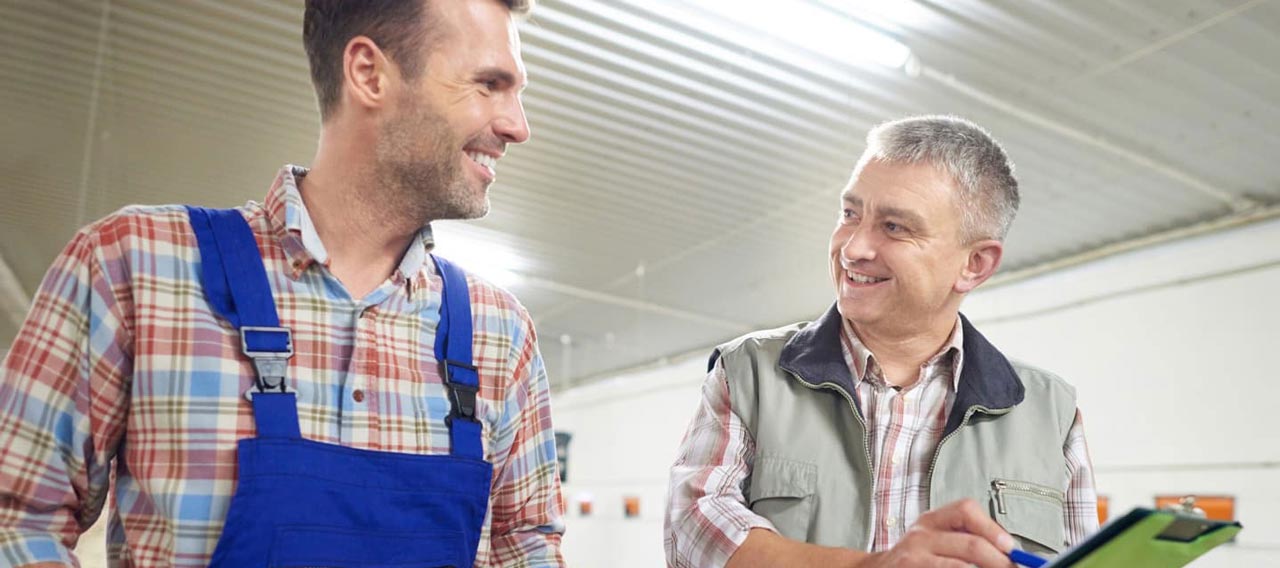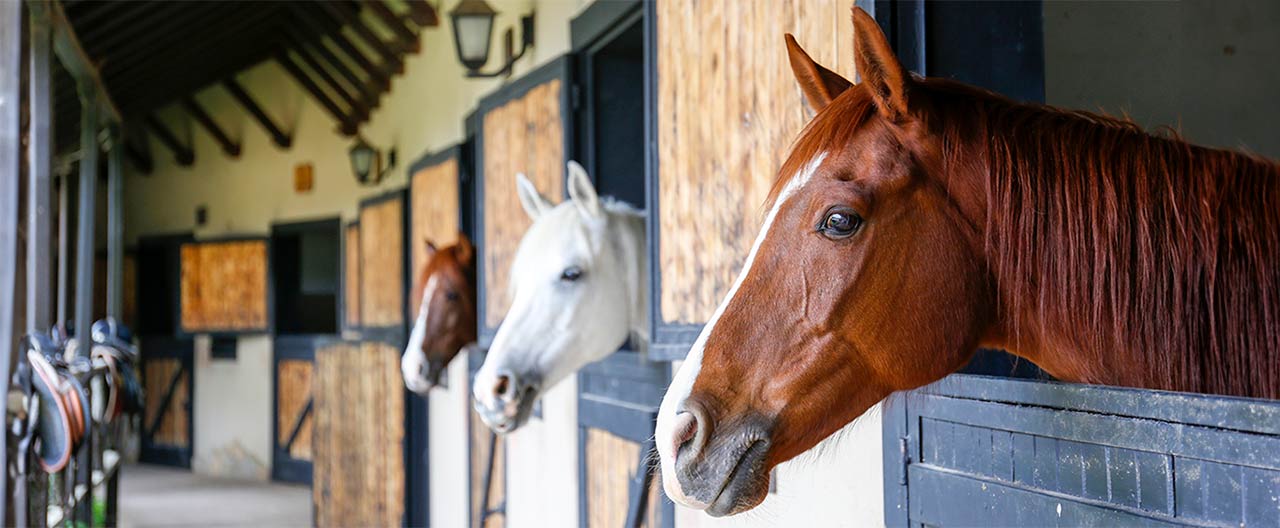- Individuals & Families
- Businesses
- Agents & Brokers
- Embedded Insurance

Chubb ranked #1 for Customer Satisfaction with the Home Insurance Claims Experience

Chubb ranked #1 for Customer Satisfaction with the Home Insurance Claims Experience

Chubb ranked #1 for Customer Satisfaction with the Home Insurance Claims Experience

Chubb ranked #1 for Customer Satisfaction with the Home Insurance Claims Experience

Because pets are family, Chubb now offers pet insurance with top-rated coverage from Healthy Paws.

Chubb offers the insurance protection you need for travel’s many “what ifs”.

Chubb protects small businesses at every stage – from newly formed start-ups to long-time anchors of the community.

Stay ahead of cyber threats with our free Cyber Claims Landscape Report.

Learn more about our dedicated learning paths, Online Learning Center, and more.

Many digital-savvy consumers look for it as a core or add-on option.

Many digital-savvy consumers look for it as a core or add-on option.

Many digital-savvy consumers look for it as a core or add-on option.

Chubb’s in-house technology makes it easy to integrate what we do into your customer experience.
-
About
-
Claims
-
Login & Pay Bill
For Agents & BrokersFor Travel Advisors
-
Back
Barn fires are not only devastating for the property and livelihoods they destroy, but also for the lives of the people and animals they put at risk. Many local codes do not require a fire detection or suppression system, so when a fire starts, it can burn for hours at a time, undetected and out of control. As a result, stable and barn fires usually destroy most — if not all of the structure and harm livestock.
Common causes of barn fires
Barns are at high risk of fire due to a combination of factors, including electrical malfunctions, combustible materials, and the presences of animals. Not to mention that rural locations where barns are typically situated often face challenges of slow fire service response time. Improper electrical installations can spark fires. Hay and straw are highly flammable, especially when stored in large quantities. Hay can generate heat as it decomposes, potentially leading to spontaneous combustion. Fortunately, there are many things that an owner can do to protect their property and animals.
General guidelines
- Have an evacuation plan in writing that is reviewed every year by employees.
- Flammable and combustible materials such as hay, straw, excess bedding materials, manure, grain, paint, fertilizers, pesticides and herbicides should not be stored in the same building as livestock. If a must — flammables and combustibles should be labeled and stored in proper UL-approved fireproof cabinets.
- No open flame should be allowed in the buildings anytime.
- Avoid parking or fueling tractors or any vehicle near the building. Engine heat and backfires can spark a flame. Store machinery and small engines outside the barn or in another building.
- Common areas should not be open to free-roaming animals or pets.
- Develop a maintenance and loss control plan to check on electrical, heating equipment, hay storage, and safety. Include general cleaning of dust and cobwebs in plan as they can be combustible.
Heating systems
- Do not use exposed elements as heating sources. Temporary heaters should have a tip-over safety switch. Verify that a breaker can handle the power draw before plugging in. Extension cords are not acceptable.
- Permanent heat sources with heating elements should not be open or exposed. Keep the main heating source outside of the building and equip it with a blower to force heat into the space. Radiant heat is one of the best sources of heat for barns and stables as is electric forced air. Infrared or radiant heat is also conducive for short-term heat if used correctly and kept away from combustibles.
- Systems should be on a yearly service plan.
Electrical
- All wiring should be in conduit to prevent rodents from chewing through wiring and be GFCI (ground-fault interrupter) protected. Outlets should be equipped with spring-loaded covers that keep out dust, hay, cobwebs, and other combustible materials when not in use. Incandescent and halogen lights are not suitable for barn and stable lighting because they become very hot and create a potential fire hazard. LED, vapor-proof fixtures, and of course, natural light are the way to go.
- Keep appliances to a minimum. Use space heaters, fans, and radios only when someone is present, and keep away from animals who could chew the cords.
- Extension cords should never be used. If used and temporary, put away after use and do not use on any appliance or equipment creating heat, especially space heaters. Heaters and de-icers for water should not be used with extension cords and should typically be a submersible or drain-plug style to prevent horses from playing with floatation-type heaters.

Hay storage
- Hay and straw should be stored in a separate building.
- Store hay and straw where fibers are up and down for better airflow to allow curing — this reduces the chance of spontaneous combustion.
- Hay and straw should be dried before storing indoors.
- If there is no other option to store hay except in the stables, then a firewall should be constructed between the hay and the remainder of the stables. If stored in a loft, then have a non-combustible material laid between the material and floor like a non-combustible cementitious board, metal, or even two coats of fire-retardant paint.
Fire detection and protection
- A monitored fire alarm system must be considered as part of the overall fire protection.
- Fire sprinklers should be considered as part of the overall fire protection and are required by some municipality fire codes. A dry pipe system and possibly pre-action would serve unheated spaced. Anti-freeze systems using modern pre-mixed materials are options but must meet the most recent NFPA131 standards for percentages of anti-freeze.
- Consider lightning protection.
- ABC fire extinguishers should be placed throughout the barn/stable area. Approximately one for every 2,000-3,000 square foot of interior floor space/approximately 50 ft apart.
- Keep low brush and vegetation 30 ft from the perimeter of the building.
- If there are no public hydrants, design a water source for the fire department to use in the event of a fire. Preferably have a dry hydrant installed meeting NFPA 11422 and fire department approval. Maintain a portable pump on-site if additional water is needed.
- Consider installing a backup generator for the critical system.
Building construction
- Non-combustible materials where possible should not be used in the construction of a barn/stable, though does not prevent a fire from occurring. Masonry for the exterior walls and steel for the support structures.
- If the barn is long with only doors existing on both ends, consider doors in the middle of the barn opening to the sides.
- Horse stall design — there should be two exits for animals on the interior and the exterior of the barn to allow for quicker exit away from a fire.
Evacuation
- There should be a plan for evacuation — where animals should go, establish a pasture for holding in the event of a fire, or is there a need to evacuate the property in the event of a wildfire, where to find food or water and practice the plan.
- Keep trailer maintenance up if used for part of the evacuation plan.
- Exit lighting with battery backup should be part of the evacuation plan or minimally a backup generator for critical systems.
- The alleyway in front of the stalls must be always kept free of debris and excess materials to give easy access to each stall door in case of a fire. Ensure minimally 2 exits for animals out of the barn.
Conclusion
Barn fire prevention is an ongoing effort that necessitates knowledge and proactive measures. By adopting preventative measures and fostering a culture of safety, you can significantly reduce the risk of devastating barn fires.
Insights and expertise


Get a personal insurance quote
Work with an independent agent to get personalized insurance solutions.
This document is advisory in nature and is offered as a resource to be used together with your professional insurance advisors in maintaining a loss prevention program. It is an overview only, and is not intended as a substitute for consultation with your insurance broker, or for legal, engineering or other professional advice.
Chubb is the marketing name used to refer to subsidiaries of Chubb Limited providing insurance and related services. For a list of these subsidiaries, please visit our website at www.chubb.com. Insurance provided by ACE American Insurance Company and its U.S. based Chubb underwriting company affiliates. All products may not be available in all states. This communication contains product summaries only. Coverage is subject to the language of the policies as actually issued. Surplus lines insurance sold only through licensed surplus lines producers. Chubb, 202 Hall's Mill Road, Whitehouse Station, NJ 08889-1600.


